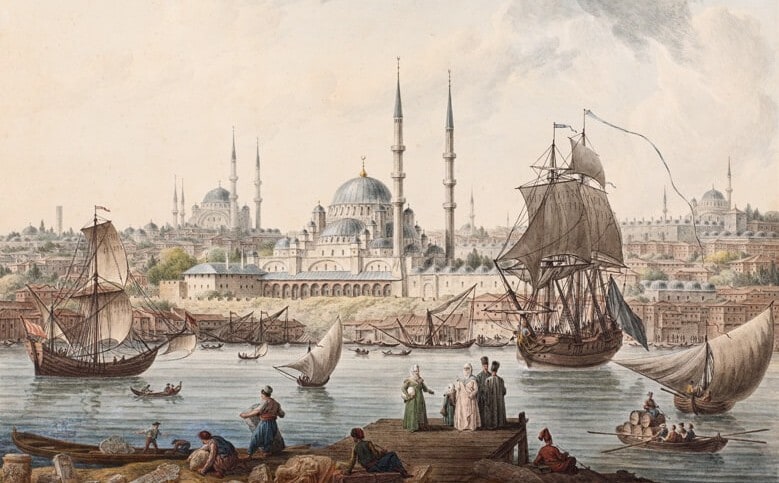Teachers
In a guided online 3D tour, we explore the exhibition “What Byzantinism Is This in Istanbul!” and its collection of modern renditions of Byzantine history on various artistic media. Then, we take a look at the common themes in literature, music, visual arts, comics, film and fashion that relate to Byzantine history in various ways, and try to make sense of the apparent differences based on field, region and historical period.
Teachers will discover ways of integrating Pera Museum exhibitions’ curricula-compatible Teacher Guidebooks into their classroom activities and accompanying their students in the exhibitions, as well as a wide range of activities for different age groups.
Click here to view the guidebook for the “What Byzantinism Is This in Istanbul!”: Byzantium in Popular Culture collection exhibition.
The event is free of charge. Reservation is required. The event will take place on Zoom Meeting application. Participants will be issued participation certificates via e-mail at the end of the event.
Reservation is required for groups, which should include no less than 10 and no more than 80 participants.
Duration: 30 minutes
For more information and reservations: ogrenme@peramuzesi.org.tr
Related Exhibition: “What Byzantinism Is This in Istanbul!”: Byzantium in Popular Culture
Please contact us for details about the online guided tour and workshop reservations.

When regarding the paintings of Istanbul by western painters, Golden Horn has a distinctive place and value. This body of water that separates the Topkapı Palace and the Historical Peninsula, in which monumental edifices are located, from Galata, where westerners and foreign embassies dwell, is as though an interpenetrating boundary.
Tuesday - Saturday 10:00 - 19:00
Friday 10:00 - 22:00
Sunday 12:00 - 18:00
The museum is closed on Mondays.
On Wednesdays, the students can
visit the museum free of admission.
Full ticket: 300 TL
Discounted: 150 TL
Groups: 200 TL (minimum 10 people)